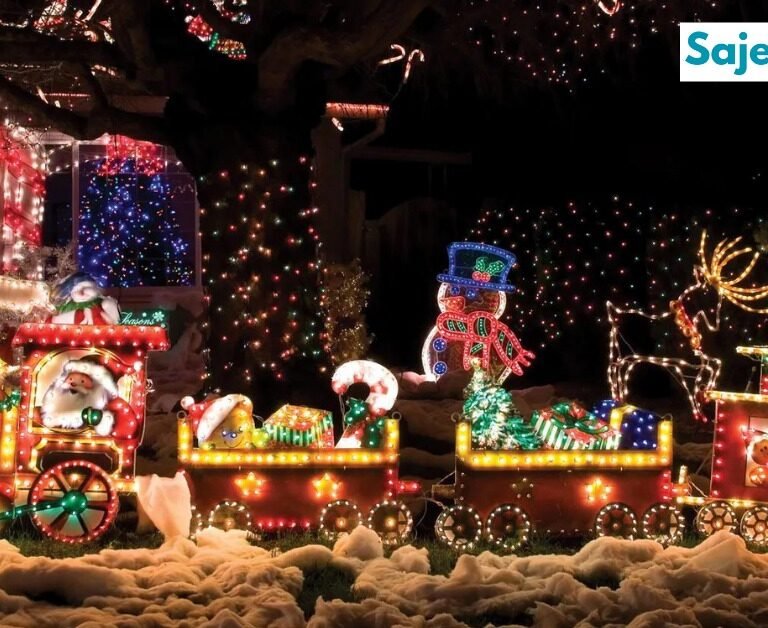If you’ve never heard of the Indian state of Kerala, you’re not alone. It might be the smallest Indian state by land size, but it has held its own against the heavyweights of India in terms of culture and development since it won its independence from Britain in 1947. Here are some fascinating facts about how this area came to be, and what it has gone on to become as one of India’s leading states when it comes to providing quality education and healthcare to its citizens.
A Look at Old Kerala
In ancient times, before it was known as Kerala, it was called Keralaputra. The region has been inhabited since prehistoric times. It was conquered by several rulers including the British Empire and in 1948 became a part of independent India after Independence. The name Kerala means ‘land of coconuts’.
The first human settlement in this region is believed to be at least 5,000 years old. Before that there were stone age people with hunting and gathering lifestyles who would go through periods of migration. One important cultural legacy from these people is the Hindu temple architecture that can still be seen throughout Kerala today. Agriculture began around 1,200 BC with rice becoming an important crop due to its ability to grow in marshy conditions and its high yields. There are also many freshwater fish which thrive in these conditions making it one of the most fish-rich regions in the world.
The Independence Movement in Old Kerala
In 1838, Maharaja Swathi Thirunal (1813-1847), the ruler of Travancore and Cochin, abolished slavery. He also enacted reforms to promote education for women. For example, he decreed that girls from poor families should be educated at his expense. In 1861, in the presence of Lord Elphinstone, then governor general of India, he inaugurated a college for girls with English as its language of instruction. As early as 1870, there were institutions where Malayalam was used as the medium of instruction.
In 1880, when Malabar returned to British rule after having been under direct royal control since 1792, Indians were appointed to all departments in the provincial administration and thereby given an opportunity to share responsibility for their own welfare.
The quality of Education and health in Kerala. A model to the world.
Kerala was a model to the world. A beacon in Asia. It was one of the few countries that could boast that their literacy rates were over ninety percent, and they had one of the best school systems in Asia. With such a high standard, education became something everyone wanted for their children.
The State health system also attracted many admirers with its low mortality rates and high life expectancy rates. Again it was a model for the world because it proved that these two factors were not mutually exclusive but symbiotic with each other.
In fact, Kerala is often quoted as an example of how good policies can help strengthen social progress and create economic prosperity at the same time.
Scenic beauty of Kerala
Kerala is known for its lush green hills, pastures and beaches. It also has a rich culture and history dating back to over 2000 years. The region is well-known for producing spices like cardamom, pepper and cinnamon as well as being home to over 400 types of plants including bamboo, tea, coffee and rubber trees. In addition, it’s been home to communities practicing Judaism since the 2nd century BC and Christianity since the 4th century AD.
The word Kerala comes from two Sanskrit words, kera which means coconut tree, and ala meaning land.
Independence and After
In 1947, India was granted independence from Britain. This decision triggered many changes in Indian society, including a reorganization of states to accommodate new boundaries. The state of Kerala was created as an administrative district in 1956 by carving off pieces from two different regions. Kerala is now the southernmost part of India and is bounded by Tamil Nadu to its north, Karnataka to its west, and Lakshadweep Sea and Arabian Sea to its west and south respectively.
The Early Post-Independence Period in Old Kerala
The early post-independence period in Old Kerala began with an industrial revolution that propelled the state to become one of India’s most prosperous regions. Manufacturing and service industries were developed during this time, which led to a sizable middle class population.
Modern Day Kerala
Kerala is a state in southern India that was carved out from parts of the states Madras and Travancore-Cochin. On November 1, 1951, it became an independent nation, with its capital at Thiruvananthapuram. The name Kerala comes from Kera, which means coconut tree, and Ala, which means land. It is often referred to as God’s own country because of its geographical features, tropical climate and culture. It has many rivers, backwaters, lagoons and freshwater lakes; people who live there grow rice in their paddy fields or plant cash crops like rubber trees. They also have waterfalls and vast stretches of unspoiled beaches.
Kerala has been an area of commerce for centuries and was part of the spice trade between Asia and Europe during ancient times. Today, tourism is one of the most important industries here – people come to visit Kerala for its palm-fringed coastline, plantations, wildlife sanctuaries and churches built during different historical periods.
The need to maintain the camaraderie between Hindu, Muslim, and Christian followers in Kerala
Kerala is a southern state in India that is known for its beautiful beaches and lush green landscapes. The area has been inhabited for thousands of years by various groups including Hindus, Muslims, and Christians who have mixed and intermarried over time. Although there are many religious conflicts between these different groups elsewhere in India, Kerala has been able to maintain a sense of camaraderie with each group tolerating and respecting each other’s traditions. For example, when Ramadan falls during December or January – the high tourist season – Muslim residents will not eat or drink from sunrise to sunset but they will still serve food to their customers. As a result of this coexistence and communal spirit, Kerala is also considered one of the most progressive states in India as well as having one of the highest literacy rates









